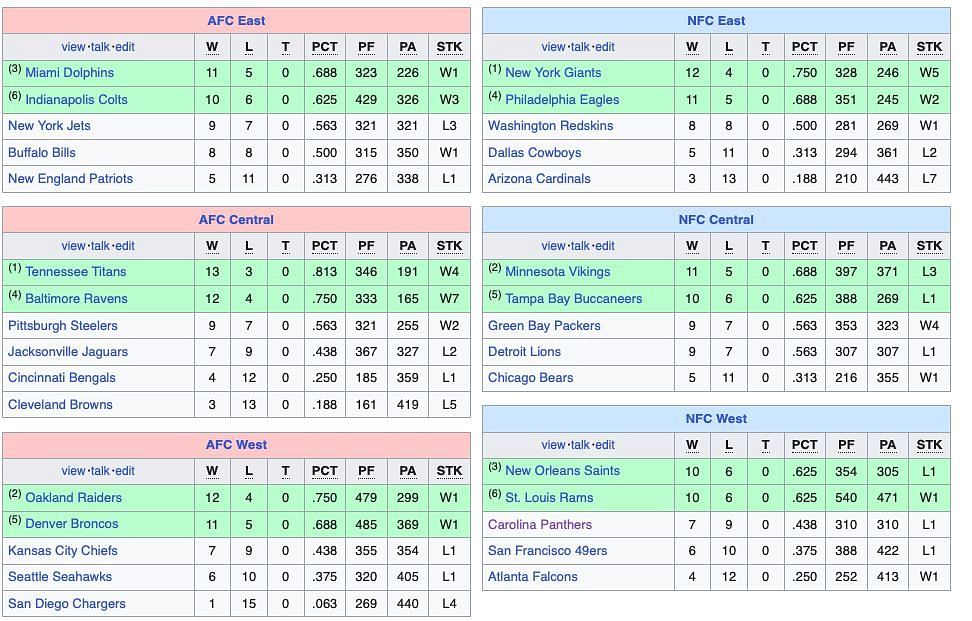
23 years of Tom Brady: How has the NFL evolved since TB12 entered the league?
Tom Brady announced his retirement from the NFL on Wednesday after 23 years of representing the New England Patriots and Tampa Bay Buccaneers.
Brady was selected by the New England Patriots with the 199th pick of the 2000 NFL draft and won a record seven Super Bowls during his storied career. He won six with New England before winning his final Super Bowl with the Buccaneers in 2020.
Brady announced the decision to retire after a disappointing 2022 season, in which he re-joined the Bucs after originally announcing his intention to retire a year ago. Tampa Bay, which won the NFC South despite an 8-9 record, was eliminated by the Dallas Cowboys in the wild-card round in what would be TB12’s final NFL game.
In his 23 years, the league has evolved, with players, teams and officials all passing by as Brady remained ever present from 2000 to 2023.
How has the NFL evolved since Tom Brady entered the league?
For starters, the NFL divisions were completely different when Brady entered the league in 2000. Back then, there were only six divisions: AFC East, AFC West, AFC Central, NFC East, NFC West and NFC Central.
To an avid NFL fan, these divisions look strange, with the AFC Central containing a mammoth six teams and the Seattle Seahawks being a part of the AFC West as opposed to the NFC West as they are in 2022.
For context, see below an image of the division standings during Brady's rookie year.

These divisions remained like this for another two years, until the founding of the Houston Texans in 2002, and the divisions have remained the same ever since.
Tom Brady has been in the league two years longer than the Houston Texans, who have won six AFC South titles and four playoff games.
What rules have changed since Brady entered the NFL?
Many of the rules today simply weren’t around when Brady was drafted in 2000.
In 2002 it became illegal to hit a quarterback helmet-to-helmet during a change of possession, and the horse-collar tackle wasn’t prohibited until 2005.
As well as that, the "Tuck Rule" only came to light after a controversial playoff clash between Brady’s Patriots and the Oakland Raiders in 2001. Raiders cornerback Charles Woodson hit Brady, causing him to fumble the ball, which Oakland recovered. However, after initially ruling it a fumble, the officials reversed the call and New England went on to win in overtime.
According to the NFL Rule 3, Section 22, Article 2, Note 2: When (an offensive) player is holding the ball to pass it forward, any intentional forward movement of his arm starts a forward pass, even if the player loses possession of the ball as he is attempting to tuck it back towards his body. Also, if the player has tucked the ball into his body and then loses possession, it is a fumble.
Despite this rule being in play before Brady was drafted (1999), most NFL fans didn’t have much knowledge of this before – or after this incident.
